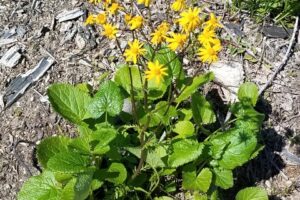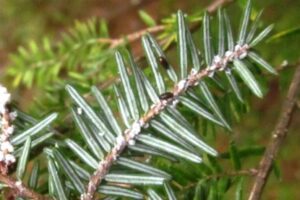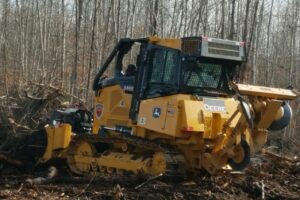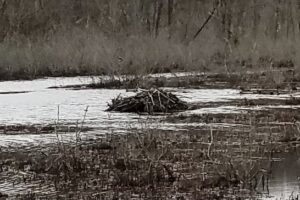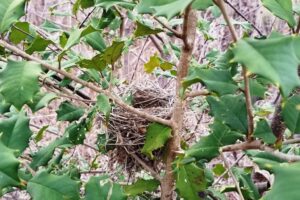Field Notes: What’s in the Woods Today? May 9, 2018
May 9, 2018 - by Area Forester Lisa Deaton Flowers, Birds and Bugs When the songbirds and wildflowers reappear each spring, it feels a bit like a reunion with long lost friends. The migratory songbirds fill the air with familiar songs. The month of May brings many beautiful wildflowers, including its namesake, the Mayapple (below). Golden ragwort (top photo) is a common wildflower in cutovers, and this large patch of ragwort (below) provides some... Read More

